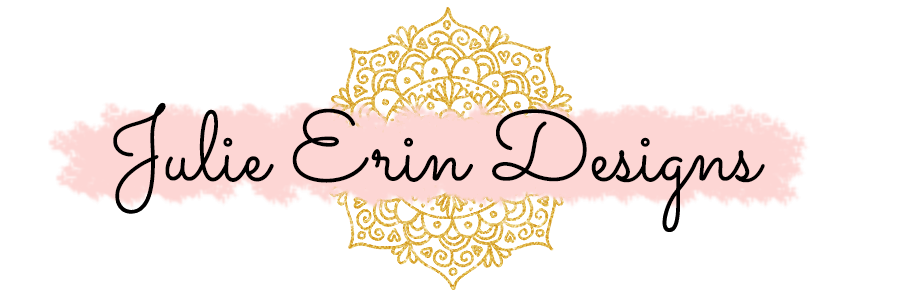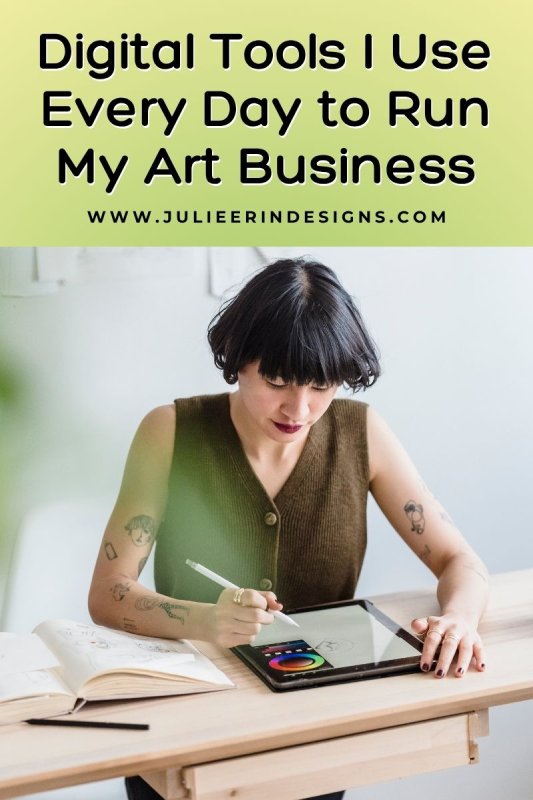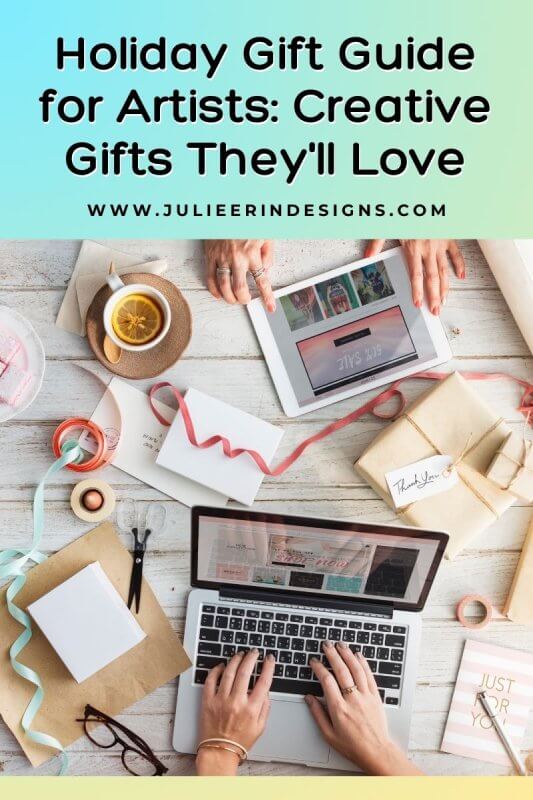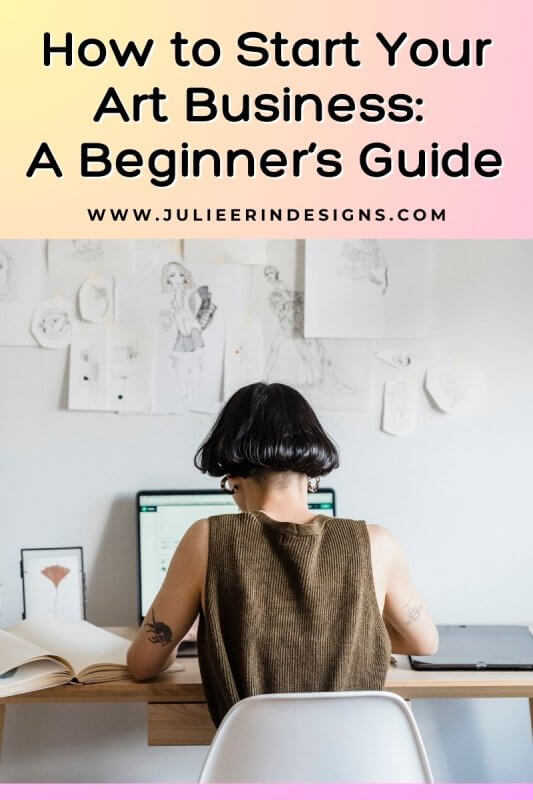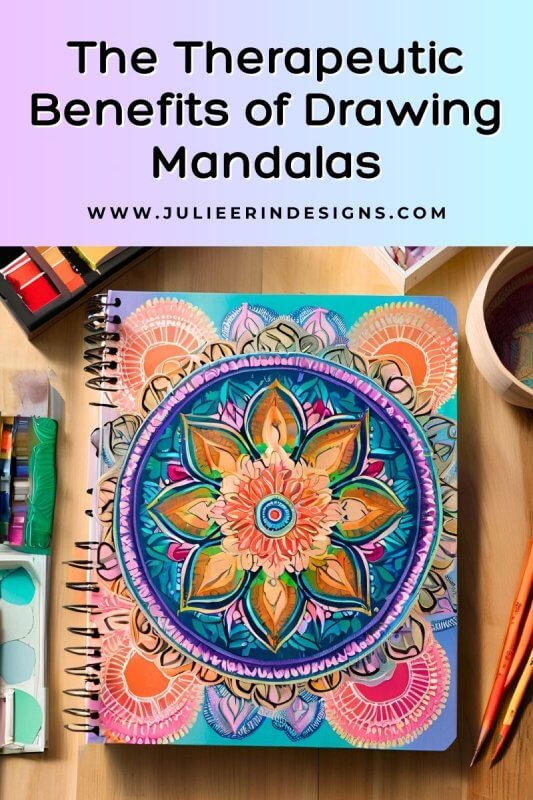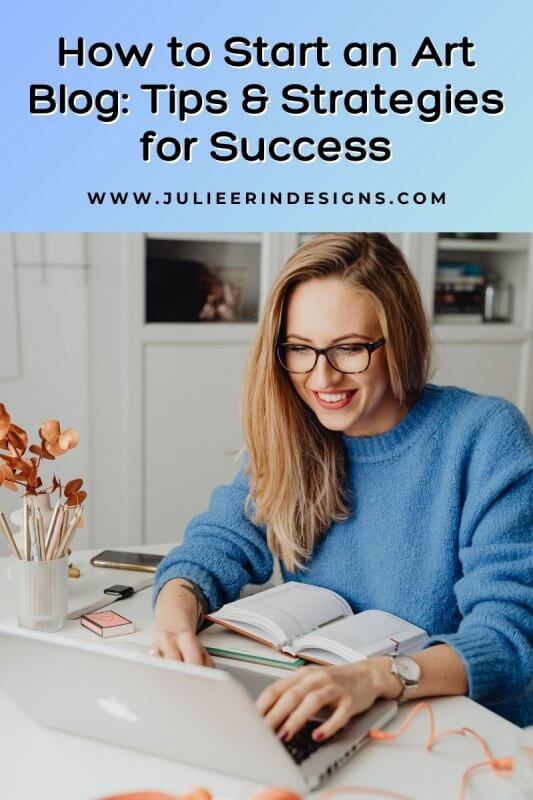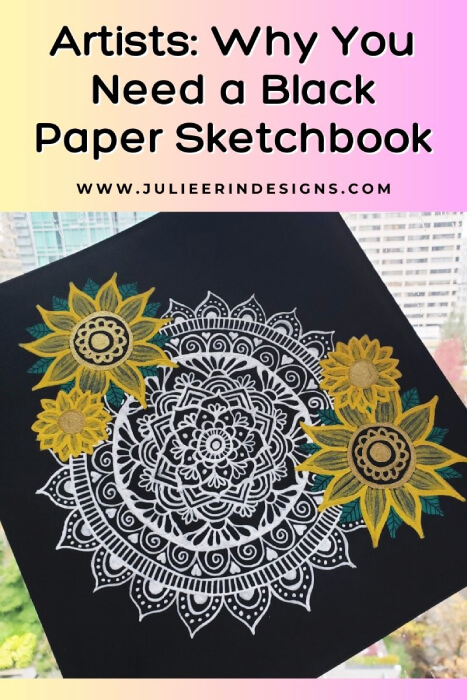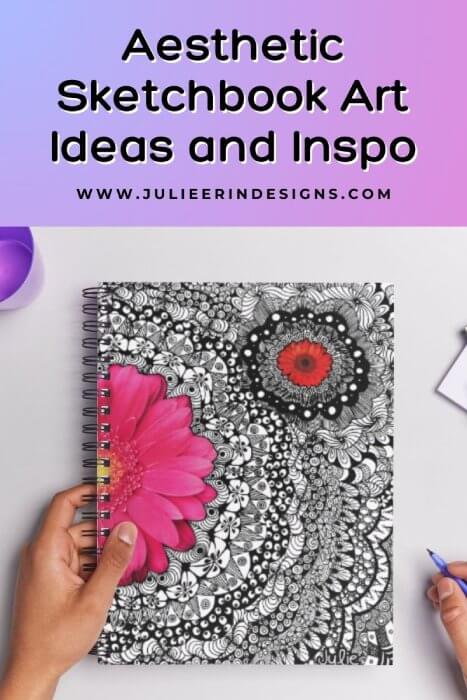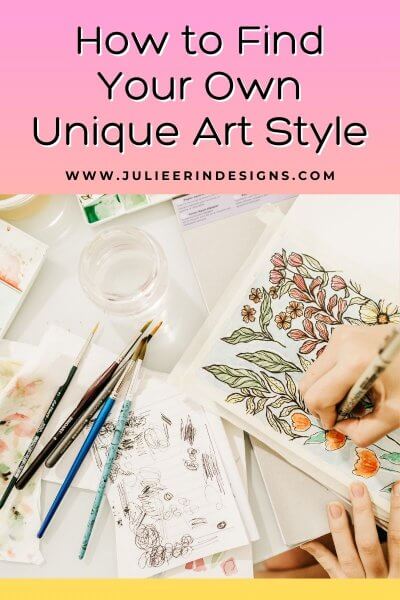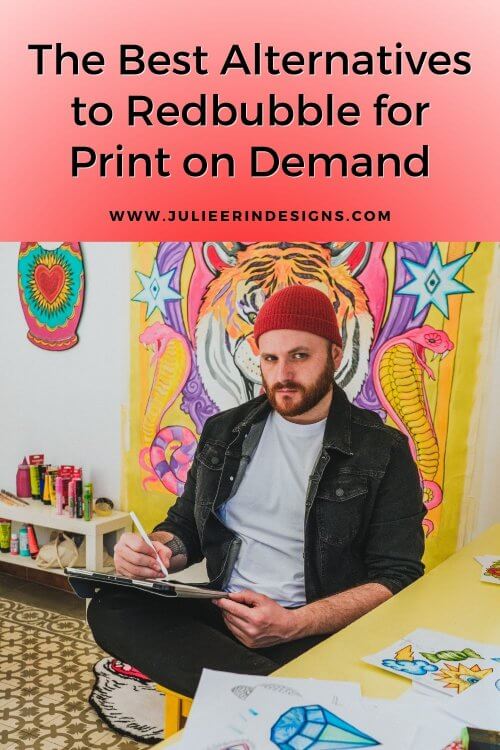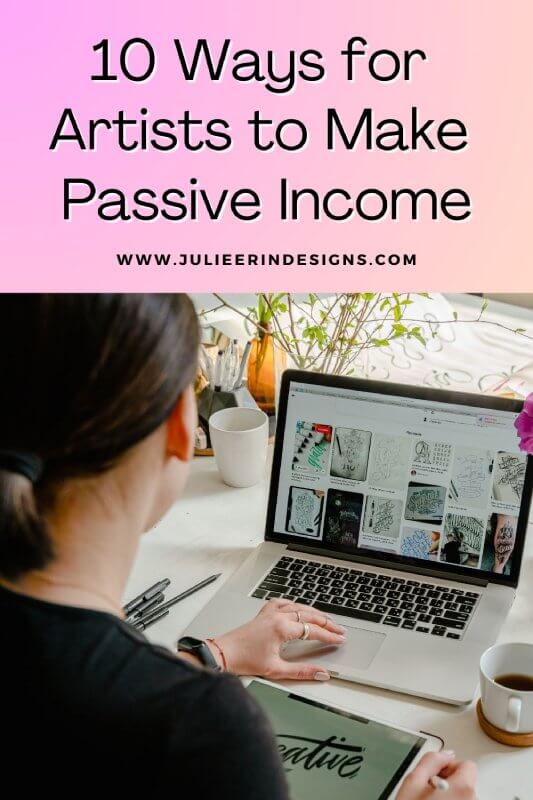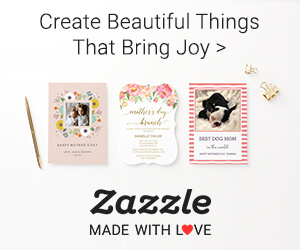Looking for the best digital tools for artists? Discover the essential apps and platforms I use daily to run my art business.
painting
Holiday Gift Guide for Artists: Creative Gifts They’ll Love
Whether you’re shopping for a professional artist, an aspiring creator, or a hobbyist, this holiday gift guide for artists has you covered.
How to Start Your Art Business: A Beginner’s Guide with Actionable Steps
Are you a budding artist ready to turn your passion into a business? Here’s a step-by-step guide to help you get started with your art business.
The Therapeutic Benefits of Drawing Mandalas
In this blog post, we’ll explore the therapeutic benefits of drawing mandalas and how this practice can enhance your well-being.
How to Start an Art Blog: Tips & Strategies for Success
In this post you’ll learn the basics of how to start an art blog along with tips, strategies, and content ideas for long term success.
Artists: Why You Need a Black Paper Sketchbook
In this post we’ll explore the benefits of using a black paper sketchbook, discuss different art techniques, mediums and example artwork.
Aesthetic Sketchbook Art Ideas and Inspiration
In this post, we’ll explore a variety of beautiful and imaginative sketchbook art ideas and inspiration to fuel your artistic journey.
How to Find Your Own Unique Art Style
In this post we discuss how to find your own unique art style by experimenting, drawing inspiration, and creating a large body of work.
The Best Alternatives to Redbubble for Print on Demand Artists
This blog post aims to share some lesser-known alternatives to Redbubble, to provide artists with new avenues to showcase their work.
10 Ways for Artists to Make Passive Income
As an artist, there are many different ways to monetize your art. In this post I share 10 different ways for artists to make passive income.
I’m an digital artist, surface designer, and online educator from Vancouver, Canada.
I’ve sold thousands of physical and digital products worldwide through print on demand companies.
Through my online classes and blog, I teach other artists how to sell their own art online and turn their passions into a business they love.
Follow my journey:
Artist Resources
-
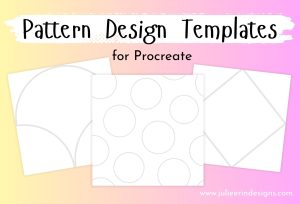
Pattern Design Templates for Procreate
$0.00 -
Sale!
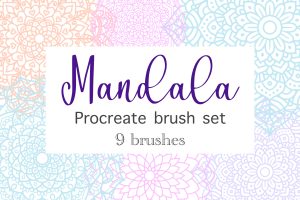
Mandala Procreate Brush Set
Original price was: $7.99.$3.99Current price is: $3.99. -
Sale!
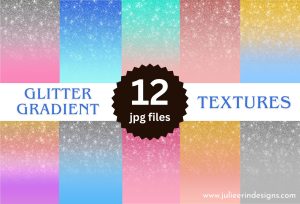
Faux Glitter Gradient Textures
Original price was: $5.99.$2.99Current price is: $2.99. -
Sale!
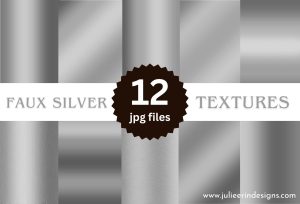
Faux Silver Gradient Textures
Original price was: $5.99.$2.99Current price is: $2.99. -
Sale!
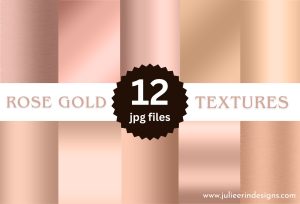
Faux Rose Gold Gradient Textures
Original price was: $5.99.$2.99Current price is: $2.99. -
Sale!
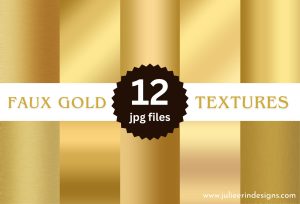
Faux Gold Gradient Textures
Original price was: $5.99.$2.99Current price is: $2.99.
